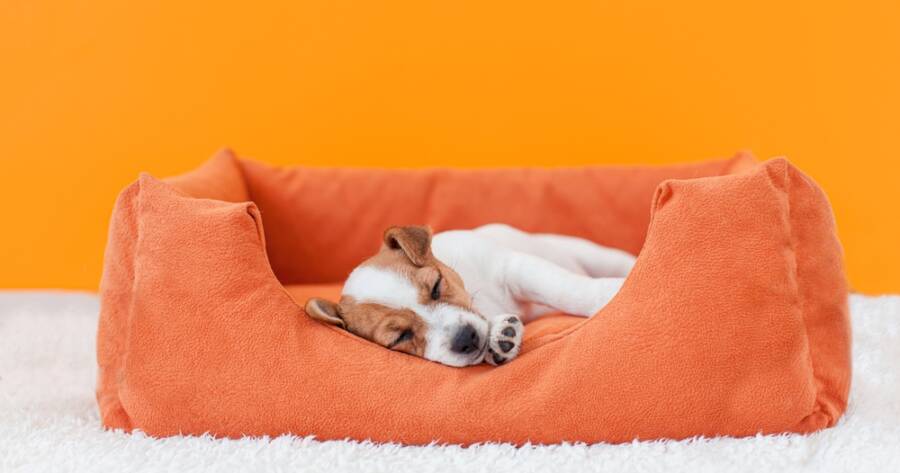Creating a pet-friendly home goes beyond just providing food and shelter—it’s about crafting a space where your pet feels safe, comfortable, and engaged. Whether you’re bringing a new pet into your home or adjusting your living space for your current furry friend, there are several things to consider. From choosing the right furniture to ensuring safety and comfort, making your home pet-friendly enhances your pet’s well-being and strengthens the bond you share.
Pet-Proofing Your Home: Ensuring Safety and Comfort
Pet-proofing is essential for keeping your home safe for both your pets and your belongings. Start by securing harmful items out of reach, such as toxic foods, chemicals, and electrical cords. It’s also important to remove choking hazards or small objects that could be ingested.
Pet-safe plants are a must if you want to add greenery without risk. Some plants, like lilies, ivy, and poinsettias, can be toxic to pets. Opt for pet-friendly plants like spider plants, Boston ferns, or maranta to create a safe environment. Additionally, using baby gates or barriers in certain areas can help restrict access to rooms that might be hazardous.
Dedicated Pet Areas: Creating a Space Just for Them
Designating a specific area for your pet is an effective way to provide them with their own space while also keeping your home organized. This area could be a cozy corner with their bed, toys, and food or a whole room where they can feel relaxed and secure.
It’s important that this space is safe, quiet, and free from distractions or hazards. Having a designated pet zone also allows you to keep pet-related items, such as grooming supplies, clean and neatly organized. It helps create boundaries while allowing your pet to feel comfortable and relaxed in their own space.
Comfortable Bedding: Creating a Restful Spot for Your Pet
A comfortable bed is essential for your pet’s well-being. A good quality bed will support your pet’s joints, promote restful sleep, and help them feel safe. Whether you opt for a cushion, a bolster-style bed, or a cozy blanket, make sure it’s made from pet-safe materials and is the right size for your pet.
Dogs, especially larger breeds, benefit from orthopedic beds that provide extra support. Cats often prefer enclosed beds where they can hide and feel secure. Placing the bed in a quiet, low-traffic area helps your pet relax and enjoy a peaceful, undisturbed sleep.
Feeding Station: Organizing Mealtime for Your Pet
Creating a dedicated feeding station for your pet helps maintain an organized and clean environment. Choose a spot that is easily accessible for your pet but also away from heavy foot traffic to avoid distractions during meals.
Invest in high-quality bowls that are durable and easy to clean, ensuring they’re the right size for your pet. Elevated feeding stations can help reduce strain on your pet’s neck and joints, particularly in older or larger pets. Don’t forget to keep fresh water readily available at all times, encouraging hydration and promoting overall health.
Access to Windows: Providing a View and Fresh Air
Pets, especially cats and dogs, enjoy having access to windows where they can watch the world outside. A safe, pet-friendly window area can provide mental stimulation and reduce boredom.
If possible, set up a perch or comfortable seating by the window for your pet to relax and observe their surroundings. Ensure that windows are securely closed or have protective screens to prevent falls. Fresh air is important for pets, and an open window (in a safe location) can help maintain a pleasant atmosphere and contribute to your pet’s happiness.
Interactive and Engaging Toys: Keeping Pets Mentally Stimulated
Pets need more than just physical exercise; they also require mental stimulation to stay happy and healthy. Interactive toys, like puzzle feeders, treat-dispensing balls, and mentally challenging games, help keep your pet engaged and active.
For dogs, fetch toys, tug ropes, and chew toys are great ways to burn off energy and build bonds with you. Cats often enjoy toys that simulate hunting, such as laser pointers or feather wands. Ensuring that your pet has a variety of toys tailored to their interests and needs will prevent boredom and promote positive behavior.
Safety First: Pet-Friendly Households
Ensuring your home is both comfortable and safe for your pet is a priority. In addition to pet-proofing and setting up dedicated spaces, consider additional safety measures. Keep toxic substances like cleaning products and medications out of reach, use non-slip rugs to prevent slipping, and secure heavy furniture to prevent accidents.
Pet-proofing your home can also involve installing baby gates to keep your pet away from unsafe areas, such as stairs or kitchens. Adding soft, safe corners to furniture or sharp edges can prevent injuries. A pet-friendly home is a safe space where both pets and owners can thrive.
Creating a Harmonious, Pet-Friendly Home
Transforming your home into a pet-friendly space ensures your furry companion enjoys comfort, safety, and happiness. By incorporating pet-proofing, providing a dedicated area, offering interactive toys, and maintaining a designated feeding station, you’re creating a space that fosters well-being for both your pet and your family.
With thoughtful planning and attention to your pet’s needs, you’ll build a harmonious environment where everyone—pet and owner—can thrive together. A pet-friendly home not only strengthens your bond but also enhances the quality of life for both you and your pet.

